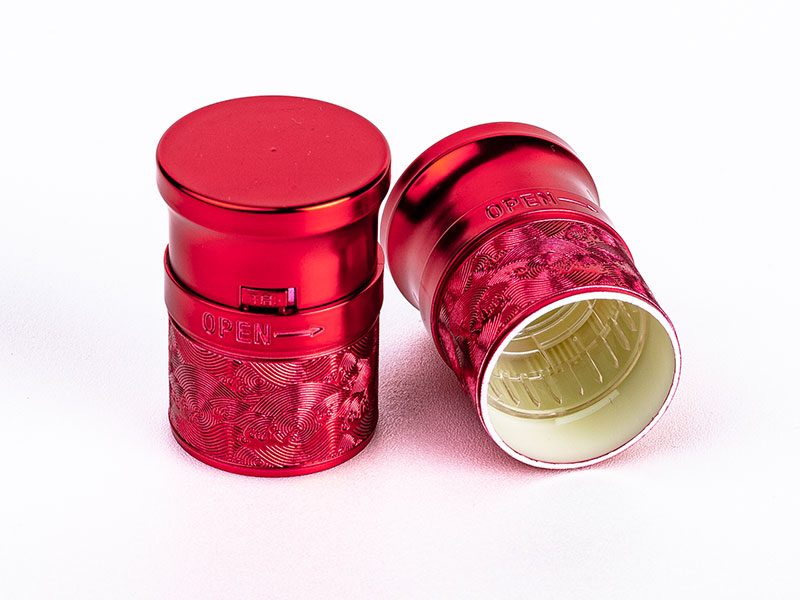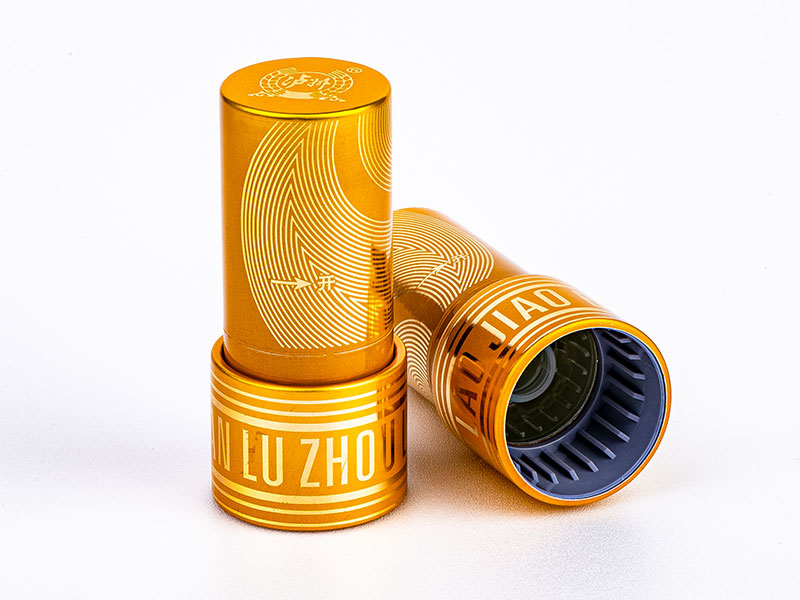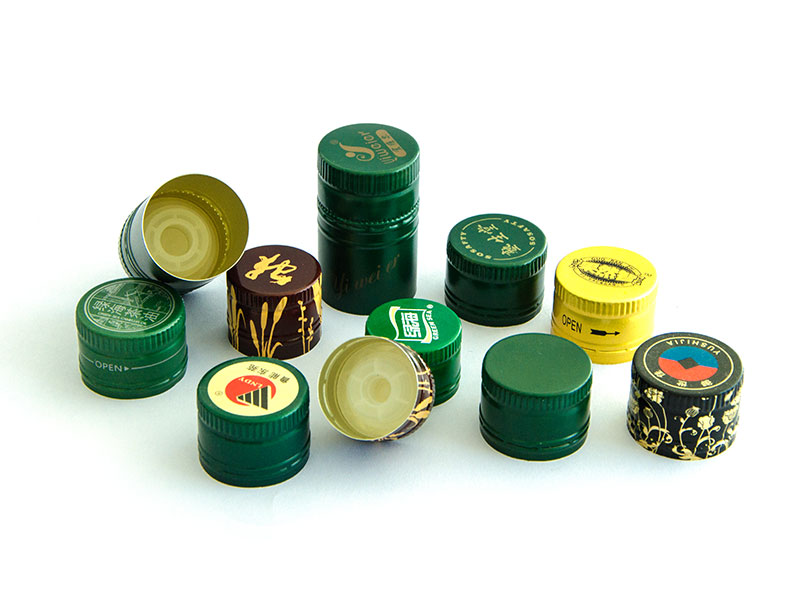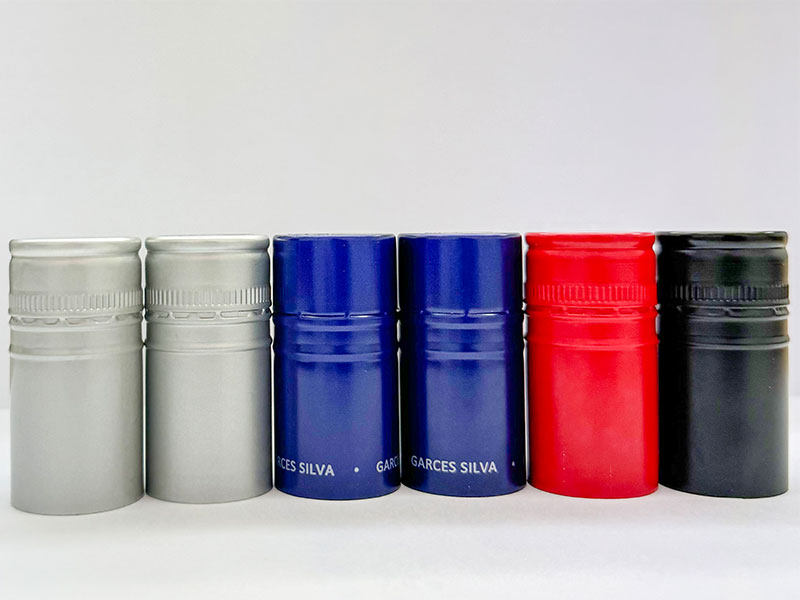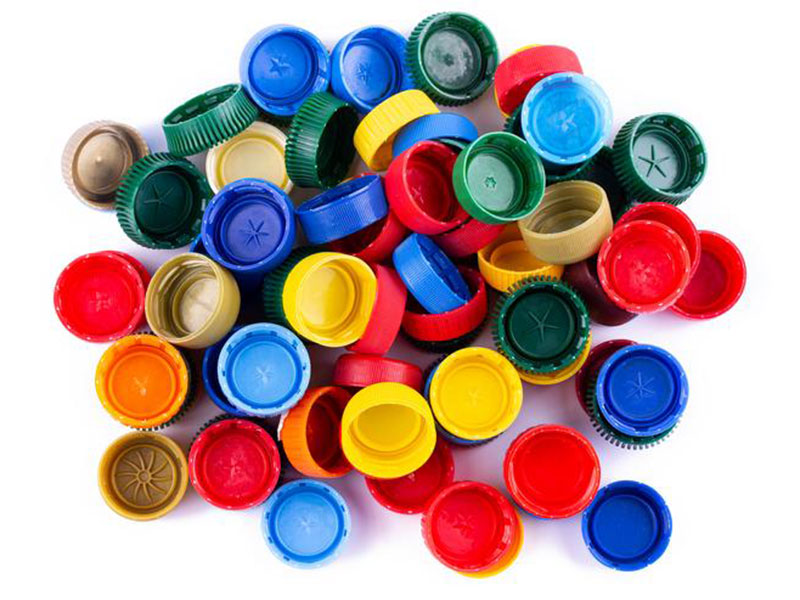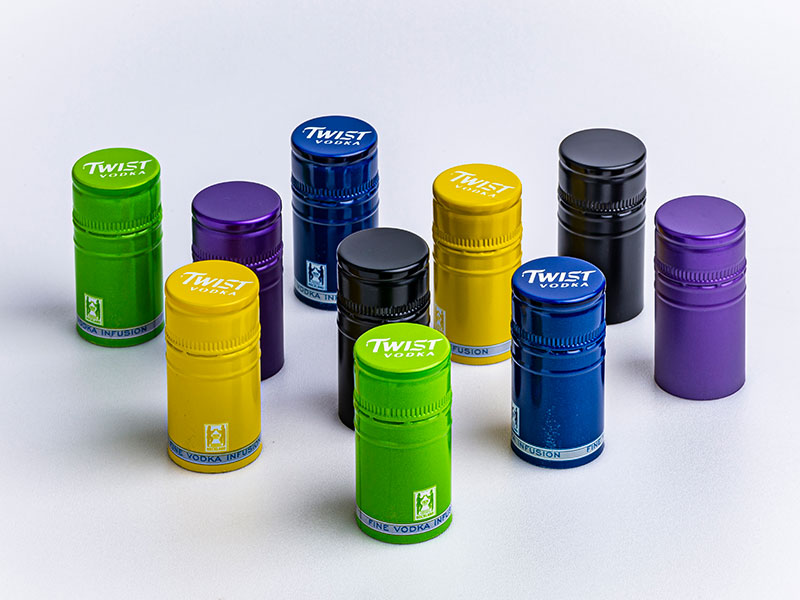Airtight closures for soda bottles
Imagine grabbing a chilled soda from your fridge, tearing off the lid, and that delightful hiss of carbonation bubbles escaping. It’s a moment of pure bliss, a simple pleasure many of us enjoy. But have you ever stopped to think about what makes that experience possible? It all comes down to one critical component: the airtight closure.
While they may seem like a mundane detail in packaging, soda bottle closures are engineered to exceptional standards, serving a vital role in maintaining freshness and quality.
The Science Behind the Seal
At first glance, a soda bottle cap seems straightforward; however, its design is a feat of engineering. An effective closure must accomplish several essential tasks—preserving carbonation, ensuring product freshness, and being user-friendly for opening and resealing.
From my experience working with aluminum bottle cap production, achieving a truly airtight seal on soda bottles isn't simply a matter of applying sufficient pressure during the capping process. The interplay between the cap's design (including the liner material and its geometry), the bottle's finish (consistency of thread pitch and diameter), and the capping machine's parameters is crucial. Slight variations in any of these factors can lead to significant inconsistencies in seal integrity, resulting in leaking bottles, compromised carbonation, and ultimately, product loss and customer dissatisfaction. We've seen firsthand how seemingly minor issues like liner material degradation due to storage conditions or inconsistent bottle neck finishing can dramatically impact the airtight seal, highlighting the need for rigorous quality control throughout the entire production process.
Furthermore, the search for environmentally friendly solutions adds another layer of complexity to airtight closures. While traditional liner materials provide excellent sealing properties, there's a growing demand for sustainable alternatives. This necessitates careful evaluation of new materials, focusing not only on their sealing performance but also their recyclability and biodegradability. We're currently options like bio-based polymers for liners, but the challenge lies in achieving the same level of airtightness and shelf-life extension as traditional materials without compromising on cost-effectiveness. This ongoing research and development are essential to meeting both customer expectations and environmental responsibilities in the beverage industry.
The most common closures for soda bottles are the standard twist-off plastic caps and the more recent vented options. The rubber seal on these caps acts like a shield, keeping carbonation molecules from escaping while creating a barrier against air and contaminants. This is crucial because exposure to air can lead to oxidation, resulting in flat and unsatisfying soda.
The Quality Equation: Adding to that, most closures feature a built-in safety mechanism that signals if the bottle has been tampered with—an extra layer of security that reassures consumers that their soda is safe to drink. Engineering clever solutions and utilizing high-density polyethylene and other resilient materials, manufacturers focus on creating the perfect balance between durability and elasticity.
Enhancing the Sipping Experience
You might wonder if there's more at play while popping the cap of a soda. The machines that bottle our favorite fizzy drinks work quickly and precisely, ensuring that every bottle is sealed properly. Any defect might lead to a disappointing experience for consumers, resulting in a product that lacks fizz or even spoils early.
Airtight closures ensure that every sip provides the same satisfying swirl of effervescence, minimizing variations that could cause a shift in drinking enjoyment. As soda drinking is an intrinsic part of numerous cultural and recreational festivities, maintaining that initial bubbly rush directly correlates to customer satisfaction.
Sustainability and The Future of Closure Design
With growing awareness of environmental sustainability, the future of soda bottle closures is set for an interesting turn. Manufacturers are now facing the challenge of balancing effective sealing technologies with eco-friendly practices. New biodegradable materials and designs that utilize minimal plastic are a testament to this transition.
Circular Approaches: Refillable and recyclable options are also being explored. Bottles made from recycled materials with closures designed for multi-use not only solve another pressing global issue but also enhance the reputation of the beverage brand in the minds of environmentally conscious consumers. The future may see a shift towards closures that not only preserve the beverage but reduce dependency on plastics altogether.
https://www.bottle-cap-lids.com/a/airtight-closures-for-soda-bottles.html



